
Rattan is a commodity from forest natural resources, which mostly grows in tropical rain forest areas. Rattan is a kind of vine that can grow to a length of more than 100 meters.
Rattan has a high selling value, especially for export activities. In the international market, Indonesia is able to provide about 80 percent of the world’s rattan needs.
On this basis, it is not surprising that Indonesia is known as the largest producer of rattan in the world, as quoted from the book Rattan Wealth of the Indonesian Wilds by Prof. Dr. Ir. Djamal Sanusi. It’s just that currently, the government prohibits the export of raw and semi-finished rattan.
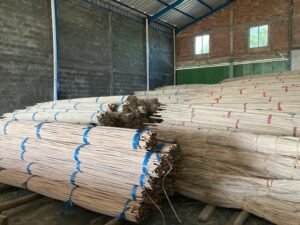
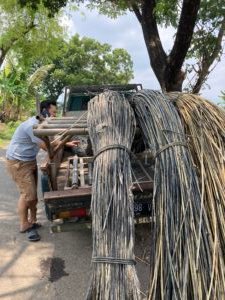
Indonesia itself has 8 genera of rattan, with approximately 306 species of which 51 species have been used. Several rattan-producing areas in Indonesia are located on the islands of Kalimantan, Sumatra, Java, Sulawesi and Papua.
As in Kalimantan, rattan is mostly found in the Katingan district, Central Kalimantan. The area with the capital city Kasongan is indeed very famous as a producer of rattan, both raw and finished goods in the form of handicrafts.
Rattan Characteristics
Each type of wood and plant must have special characteristics such as odor, color, pores, weight, hardness, length and so on. Rattan is often said to be similar to bamboo. However, the two certainly have differences.
The characteristics of rattan are:
Has a rounded stem (cylindrical)
Rattan rod fiber is sturdy and strong, stronger than bamboo.
The texture of the stems is smooth even though it is not sanded.
Has a more subtle stem segment, than bamboo.
Can be cut in the form of incisions or whole form.
It has a long shape up to 100 meters, because the rattan grows spreading and coiling with an ever-increasing length.
Rattan skin can produce a very strong weave. Rattan that is split will produce a thin rattan rope which is commonly called fitrit or petrik.
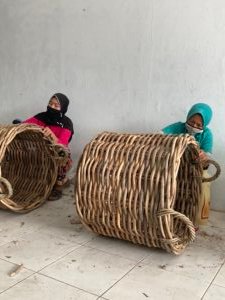
Rattan Craft
Rattan has distinctive colors such as yellowish white, brown, and black. Examples of products from rattan handicrafts can be made into: various furniture, such as chairs, tables, cabinets, room dividers, bags, wall decorations, piggyback toys, lampits, baby beds, and many more.
Rattan handicrafts are widely produced in various regions, to be used by the community to meet additional economic needs.
According to Dewi Sri Handayani, et al. We can find various kinds of famous rattan crafts along the streets in the Pasar Minggu area, Jakarta, or the Tegalwangi area in Cirebon. You can also find rattan products in Rajagaluh Majalengka as a producer of Kubu basket for the international market.
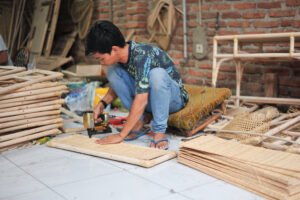
Takara Living Indonesia
Takara Living Indonesia present as attempt to keep rattan products existing and educate young people to participate in efforts to improve the Creative Rattan Industry. In addition to striving to improve the Creative Rattan Industry, Takara Living Indonesia is also committed to providing the best rattan products by promoting safe and high-quality rattan products for consumer satisfaction. Additionally, Takara Living Indonesia continues to advance development index communities at Rajagaluh and surrounding areas, one of them by Takara Living Indonesia is present in the midst of the surrounding community as a role model for young people are to actively maintain and preserve the rattan products.
In an effort to contribute to environmental preservation, Takara Living Indonesia is concerned for home décor products, such as mirrors, trays, baskets, laundry baskets, planter basket, tissue basket, hanger, pillow and others. In addition, Takara Living Indonesia also helps beautify the home decor with the offered natural rattan products as the genuine Indonesian wisdom values
We are committed to continue and being innovative by expanding the global market needs for rattan product. We persistence to improve the quality of our rattan product by training the young people as the next generation to bring up again the best woven style craft from Indonesia as we always know.
reference artikel detikedu, “Mengenal Rotan Hasil Hutan Bahan Pembuatan Mebel dan Daerah Penghasilnya”
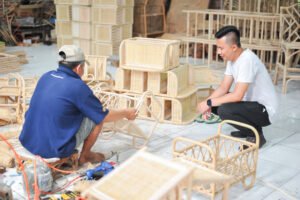
0 Comments